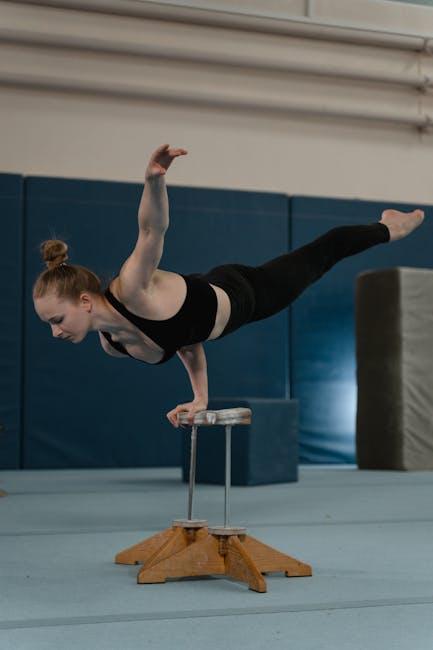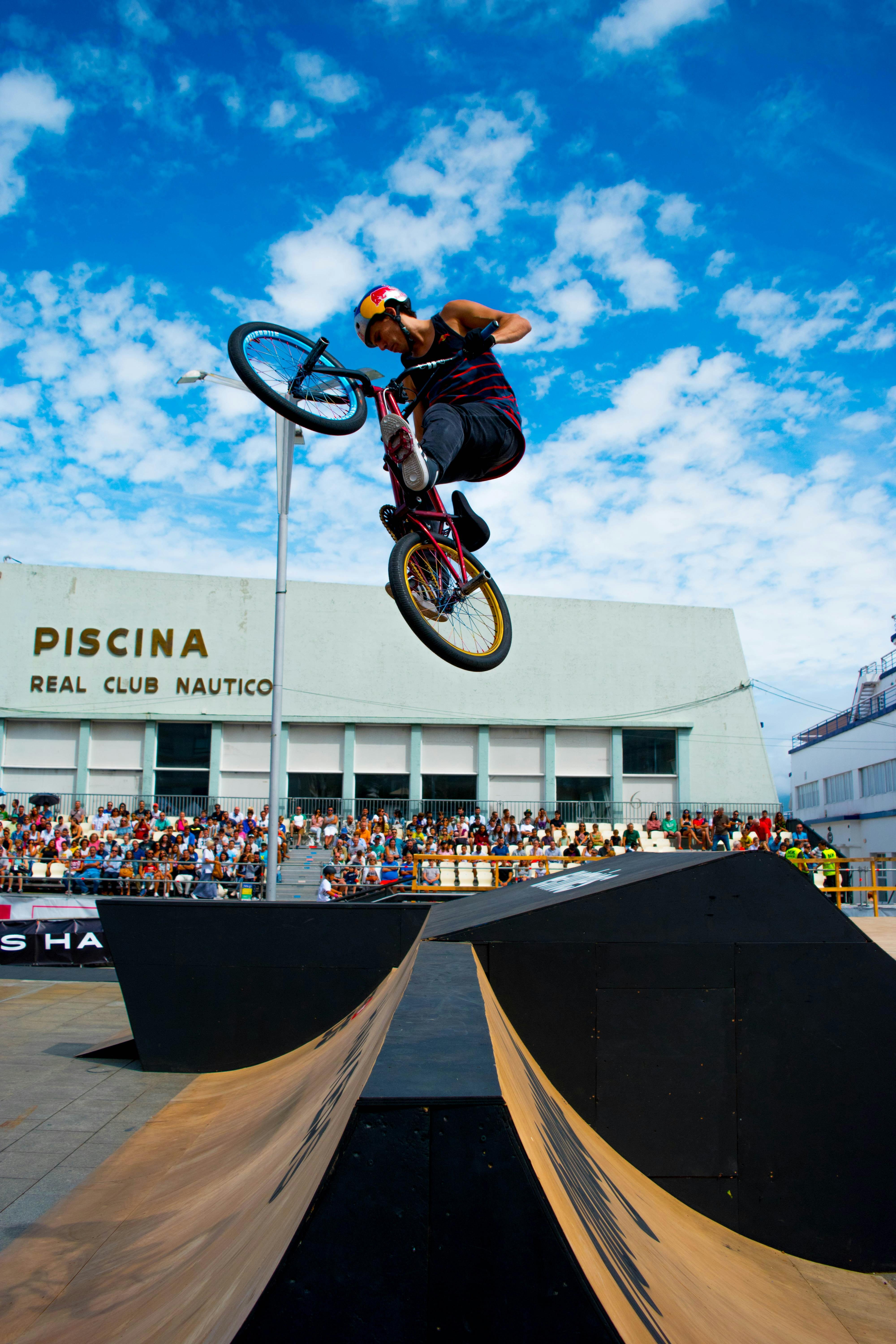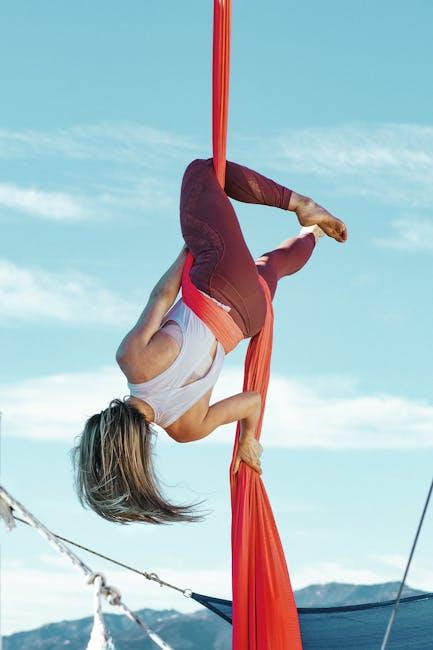In the high-octane world of film and television, action scenes are the heartbeat that keeps audiences on the edge of their seats. Yet, behind every breathtaking leap and explosive chase lies the meticulous art of stunt coordination. This crucial yet often underappreciated discipline ensures that each thrilling sequence is not only visually captivating but also executed with precision and safety. By marrying creativity with technical expertise, stunt coordinators play a pivotal role in transforming scripted fantasies into visceral realities, all while safeguarding the performers involved. This article delves into the intricate balance stunt coordination strikes between spectacle and security, highlighting its indispensable contribution to the cinematic experience.
Understanding the Fundamentals of Stunt Coordination
At the heart of every exhilarating action sequence lies the meticulous craft of stunt coordination. This pivotal role involves a blend of creativity, technical expertise, and rigorous safety protocols. A stunt coordinator’s primary responsibility is to ensure that every action scene is not only visually compelling but also executed with the utmost precision to prevent injuries. They achieve this by collaborating closely with directors and choreographers to design stunts that align seamlessly with the narrative while pushing the boundaries of excitement.
The process begins with a thorough risk assessment, identifying potential hazards and devising strategies to mitigate them. Stunt coordinators often utilize a combination of practical effects and digital enhancements to create the illusion of danger without compromising safety. Key elements include:
- Detailed Planning: Crafting shot lists and storyboards to outline each movement.
- Safety Gear: Incorporating protective equipment that is discreet yet effective.
- Rehearsals: Conducting multiple run-throughs to ensure fluidity and safety.
- Team Communication: Maintaining clear channels between all departments involved.
By balancing risk with innovation, stunt coordinators play an essential role in transforming ambitious visions into breathtaking realities, ensuring that the thrills on screen are as safe as they are spectacular.

Balancing Safety and Excitement in Action Sequences
Stunt coordination is an art that delicately balances the scales between safety and exhilaration. At its core, it requires an intricate understanding of both the physical and psychological elements involved in action sequences. Stunt coordinators meticulously plan every move, ensuring that each leap, punch, or explosion is executed with precision. This involves not only choreographing the action but also integrating safety measures such as harnesses, crash mats, and protective gear. The goal is to create a scene that is as breathtaking as it is secure.
To achieve this, coordinators often employ a mix of techniques, including:
- Pre-visualization: Using digital tools to map out scenes before they are filmed.
- Rehearsals: Conducting extensive practice sessions to refine movements.
- Collaboration: Working closely with directors and actors to align vision and capability.
By weaving together these elements, stunt coordinators ensure that the thrill of the action is matched by the assurance of safety, allowing audiences to experience the adrenaline without the risk.

Innovative Techniques for Realistic and Safe Stunts
Stunt coordination has evolved significantly, integrating cutting-edge techniques to ensure both realism and safety in action scenes. Pre-visualization is one such innovation, where digital tools are used to map out complex stunts before they’re physically attempted. This allows coordinators to assess risks and refine movements, ensuring precision and reducing potential hazards. Motion capture technology is another game-changer, enabling actors to perform stunts in controlled environments while their movements are digitally recorded and translated into thrilling on-screen action.
- Wirework and Rigging: Advanced rigging systems allow for intricate aerial maneuvers, offering actors a safe way to perform high-flying stunts.
- Soft Surface Technology: The use of crash mats and airbag systems ensures that even the most dangerous-looking falls are executed safely.
- CGI Enhancements: Computer-generated imagery is often used to amplify stunts, adding elements that would be too risky to perform live.
These techniques underscore the importance of meticulous planning and innovative technology in crafting action sequences that captivate audiences while prioritizing the safety of performers.

Best Practices for Effective Stunt Team Collaboration
In the world of stunt coordination, seamless collaboration among the team is essential for executing action scenes that are both exhilarating and safe. Clear communication is the cornerstone of this process. By establishing a shared language and ensuring everyone understands their roles, the team can work cohesively under pressure. Regular safety briefings before each rehearsal or shoot help reinforce protocols, minimizing risks and enhancing trust among members.
Fostering a culture of mutual respect is equally important. Each team member, from the lead stunt coordinator to the newest stunt performer, should feel valued and heard. Encouraging open dialogue allows for the sharing of innovative ideas and techniques. Additionally, maintaining a well-organized schedule ensures that everyone knows when and where they need to be, reducing downtime and enhancing productivity. These practices not only improve safety but also elevate the quality of the action sequences, ensuring that they captivate audiences while protecting the talent involved.

